Connect with Us
Get to know our attendees and presenters to start up conversations at TRB.
Sessions
Join our transportation enthusiasts as they share findings, experiences, and ideas.
Explore Opportunities
Meet with us to learn more about Fehr & Peers and joining our team of transportation enthusiasts.
Apply Now
Ready to make a difference in communities while elevating your opportunities?
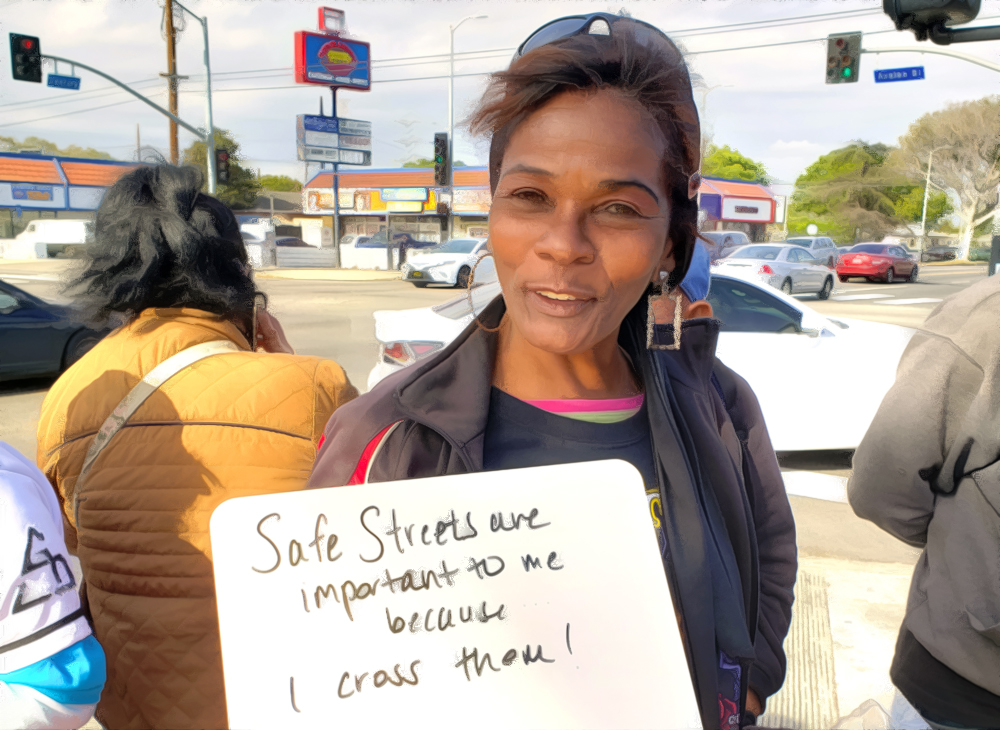
What do we love about the
TRB Annual Meeting?
Every year, we look forward to the exciting opportunities the TRB Annual Meeting provides. Talking transportation, sharing ideas, and connecting with other industry enthusiasts are some of our very favorite things, so we’re honored to participate in TRB.
At Fehr & Peers, we emphasize collaboration as a core value, so bringing back ideas, approaches, and knowledge from the TRB Annual Meeting gives us great value for generating new conversations, directions, and solutions. We also value sharing with the industry, so our experts are bringing some of their insights and experiences to TRB for us all to advance transportation together. We invite you to explore this page to learn more about our TRB plans and more about our Fehr & Peers team.
Presenters, Attendees,
& Sessions

Chris Breiland, PE
Technical Principal-in-Charge
“I’m interested in connecting with others around the latest innovations in safety and travel demand forecasting!”
I got hooked on this industry during a college internship in 2002, and became full time in 2005. Even as a kid, I loved all things transportation: cars, buses, trains, bikes—you name it. I would build virtual cityscapes out of cardboard! I am still doing the same thing as a professional, but now with the benefit of improving real people’s daily lives.
Favorite Drink: It’s rare to see me without my coffee—I am from Seattle after all!

Tino Jonga, ENV SP
Transportation Engineer/Planner
“I’m looking forward to the overwhelming—yet fulfilling—TRB experience!”
I’ve worked in the transportation industry for almost two years to foster innovation and contribute toward building resilient transportation infrastructure. Come attend my poster session on Air Quality & GHG Mitigation.
Favorite Drink: I love hot chocolate.
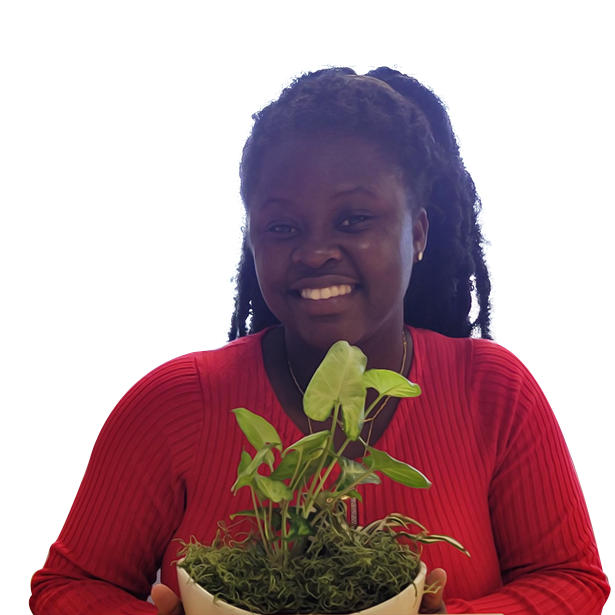
Serwaa Yeboah
Engineer/Planner
“I can’t wait to learn about emerging technology in transportation.”
Favorite Drink: I can’t choose a favorite; I enjoy whatever is nice and cold!
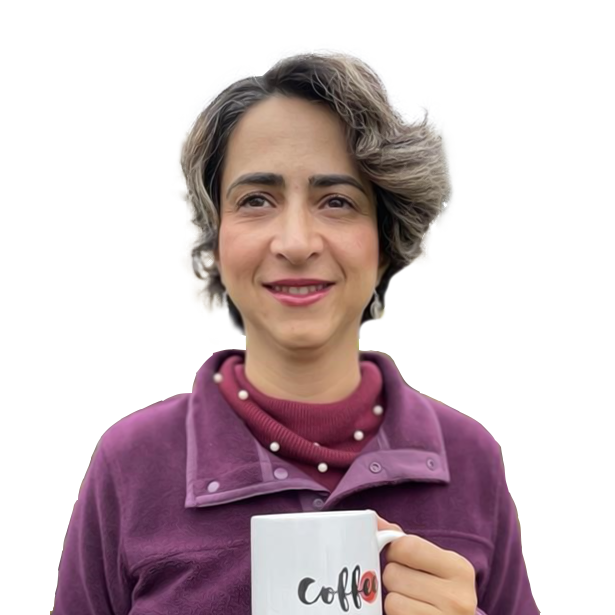
Fatemeh Ranaiefar, PhD
“I’m looking forward to hearing how the pandemic has changed the approach to solving transportation problems.”
Favorite Drink: Black, dark roast coffee
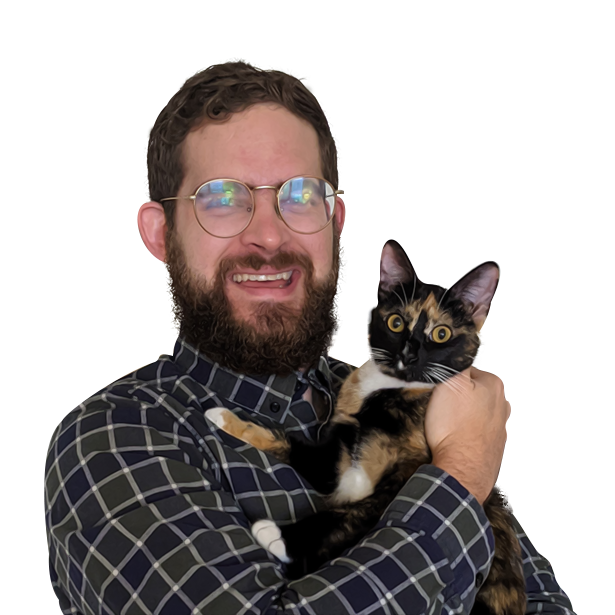
Nico Boyd
Transportation Planner
“I’m looking forward to learning more about how AVs can support existing multimodal safety practices.”
I started working in transportation in 2018 because it is the lifeblood that connects us all to each other and to the opportunities we pursue in life. Without robust transportation systems and structures, everything falls apart! I hope to see you at the Making Safe Systems a Reality discussion, where I will be moderating.
Favorite Drink: Kombucha with chia seeds mixed in

Grace Chen
Engineer/Planner
“I can’t wait to be amazed by the coolest discoveries about e-scooters and connecting with people!”
Since 2019, I have enjoyed working in the transportation industry. Transportation bridges everything together— not only in a practical sense, but also for me personally—it perfectly satisfies my interests in both natural and social sciences. Come attend my poster session on Shared E-Scooter Substitution.
Favorite Drink: A classic aviation
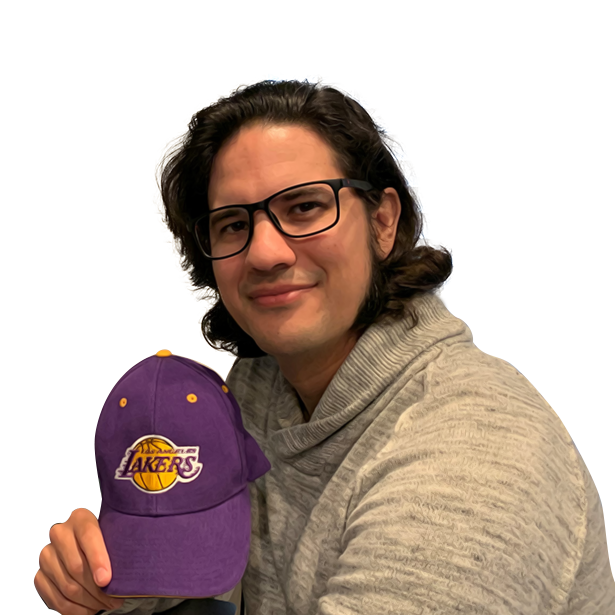
Seth Contreras, PhD
Sustainable Mobility Planner
“It will be great seeing people in 3D and listening to Secretary Buttigieg’s keynote address.”
Beginning with my first transportation internship back in 2006, I chose this industry because nothing happens until something moves, and I want to help move people and goods as quickly, safely, and efficiently as possible. Come attend my poster session on Air Quality & GHG Mitigation.
Favorite Drink: Gatorade
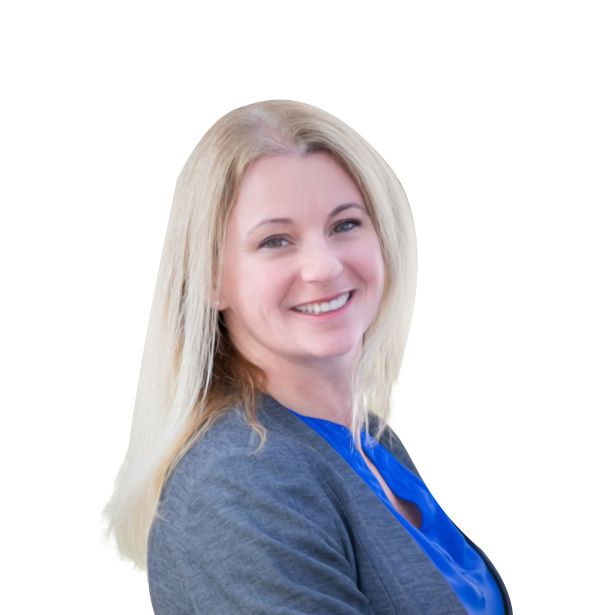
Jolene Hayes, AICP
Senior Associate
“Discussing IN PERSON the supply chain challenges we have been experiencing.”
In 1997, I started in the transportation industry as a Graduate Research Assistant. It was then that I learned the transportation side of land use planning. Without that exposure, I likely would have ended up planning land use. Transportation is more challenging, and more fun! Come attend the Warehousing Transportation Impact Analysis session I will be moderating.
Favorite Drink: Fratelli Perata Tres Sorrel (a red wine from Paso Robles)

Jeremy Klop
Attendee
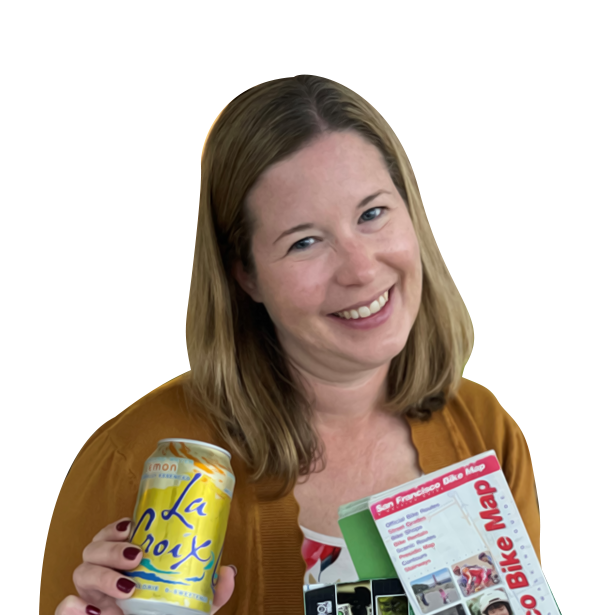
Meghan Mitman
AICP, RSP21
Attendee
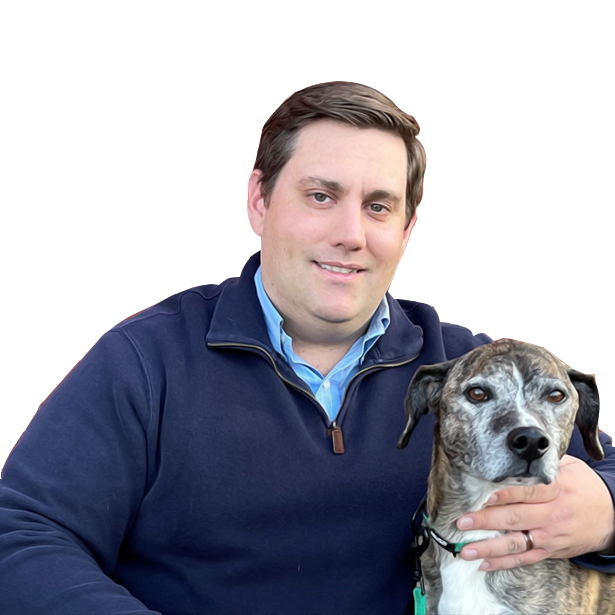
Claude Strayer
PE, STP, RSP1
Attendee

Diwu Zhou
PE, RSP1
Attendee

Dave Stanek
PE
Attendee
January 9
Making Safe Systems a Reality: Planning to Implementation
Workshop 1003
Nico Boyd Moderating
The Safe System (SS) approach is critical for saving lives. This workshop will explore SS using real-world applications and breakout discussions...
January 9
Transforming Big Data to Answer Transportation Planning Questions
Big Data Workshop
Fatemeh Ranaiefar Moderating Freight Breakout Session
Transforming Big Data to Answer Transportation Planning Questions for Statewide and National Applications...
January 10
Estimating ADT on Low Volume Roadways
New Solutions to Traffic Monitoring Challenges: Session 1038
Serwaa Yeboah Presenting
Traffic volume is an important parameter that agencies use as a decisive factor, especially at the time of design, maintenance, and operation of roadways...
Traffic volume is an important parameter that agencies use as a decisive factor, especially at the time of design, maintenance, and operation of roadways. Thus, its correct estimation is essential. There are already few established proprietary products available on the market that can predict traffic volumes. In addition, past studies use several mathematical models to predict traffic volume. Relatively fewer studies have been conducted on predicting traffic volume on low-volume roadways. To bridge the gap in the prediction of low and high-volume roadways, this study seeks to find practical, cost-effective, and progressive methods of estimating and classifying traffic on low-volume rural roadways. A total of 395 locations with low traffic volumes of less than 500 vehicles per day were selected across the state of Louisiana. Census tract data was used to extract demographic and socio-economic information for each location. Two prediction models – linear regression and random forest – were developed to predict traffic volumes on these low-volume roadways. The results showed that the linear regression model had the highest predictive accuracy with R-squared of 0.979 and RMSE of 79.52 compared to the RMSE of 110.23 of the random forest model. Both models found functional class, land use, number of lanes, population density, median age, median household income, and household density significantly affecting the traffic volume.
January 10
Shared E-Scooter Substitution
Transportation Equity Mega Poster Session 1068
Grace Chen Presenting
We will examine heterogeneity in trip attributes, substitution patterns, and rider characteristics in a sample of e-scooter rides, collected from four metropolitan areas in the southern United States...
January 10
Current Issues in Air Quality and Greenhouse Gas Mitigation
Poster Session 1196
Tino Jonga, ENV SP | Seth Contreras, Ph.D. | Fatemeh Ranaiefar, Ph.D. Presenting
Freight zero emission zones (ZEZs) have the potential to help cities achieve their greenhouse gas (GHG) targets...
January 11
Warehousing Transportation Impact Analysis
Intermodal Freight Transport Committee
Fatemeh Ranaiefar Presenting | Jolene Hayes Moderating
Demand for warehouse space is hitting record highs, and that doesn’t appear to be abating anytime soon. Demand is up 22% year-over-year in 2021. Logistics and parcel delivery...
Demand for warehouse space is hitting record highs, and that doesn’t appear to be abating anytime soon. Demand is up 22% year-over-year in 2021. Logistics and parcel delivery is driving this growth. The 1,800 individual future tenants that participated in a study need over 600 million square feet of space” [9th annual Industrial Tenant Demand Study , published by JLL Industrial].
While all these facilities are called “industrial warehouses”, they can be very different in terms of their hours of operation, volume/type/length of truck trips generated, level of employment and impacts on the local transportation network.
In this presentation, we will share our data and analysis conducted for various warehouses across the states and discuss following questions:
- What does this growth mean for our transportation demand and forecasting?
- How does it affect land use compatibility and planning decisions?
- What does it mean for roadway design and maintenance, multimodal planning and safety, and access for trucks?
Career
Opportunities
We celebrate diversity and are committed to creating inclusive environments in the workplace and in our consulting work.
Are you ready to make a difference in communities while growing your skills and opportunities at the same time? Since our inception in 1985, Fehr & Peers has been committed to fostering a diverse and inclusive environment, which we also seek to exemplify in our consulting services. Our mission is to empower every employee to develop effective and innovative transportation solutions that improve communities, which fuels our focus on collaboration. We encourage staff to explore their career passions with internally funded research and development to propel innovation, creativity, and the state of the practice.
This year, we’re striking up conversations at TRB about career opportunities with Fehr & Peers. Are you attending TRB? Browse our highlighted job openings below and review all open job opportunities on our Careers page. Click the button below to submit your application. We’ll be scheduling the conversations with selected applicants during the TRB Annual Meeting to talk about career opportunities.
Transportation Engineer: Safety Focus
Engage in transportation engineering and planning studies with a focus on safety, while contributing to the company’s safety practice, research, industry advancement, and client relationships at the same time.
Transportation Project Manager: Land Use Focus
This position takes on TDM plans, specific and general plans, preparation of CEQA documents, and multimodal site planning and review. The ideal candidate has experience with transportation analysis under CEQA, multimodal transportation planning, and the effects of land use projects on various travel modes.
Entry-Level Engineer/Planner
Find your career here as an entry-level transportation engineer/planner. Click to see highlights of our offices with immediate needs, however, we’re always accepting applications for each of our locations. Do you specialize in Visual Communications or Design? We have entry level needs in those areas too.
Data Scientist
As Big Data becomes ubiquitous, our focus at Fehr & Peers is on providing our clients with the right data and developing the right analytics to help answer their more challenging questions and to ensure their plans are resilient to a rapidly-changing future.
Travel Demand Forecasting Specialist
Our travel demand forecasting specialists positions offer the opportunity to partner with metropolitan planning organizations (MPOs), municipalities, transit planning agencies (including BART, UTA, WMATA, and Sound Transit), and major technology and civil engineering firms to help shape transportation futures.

